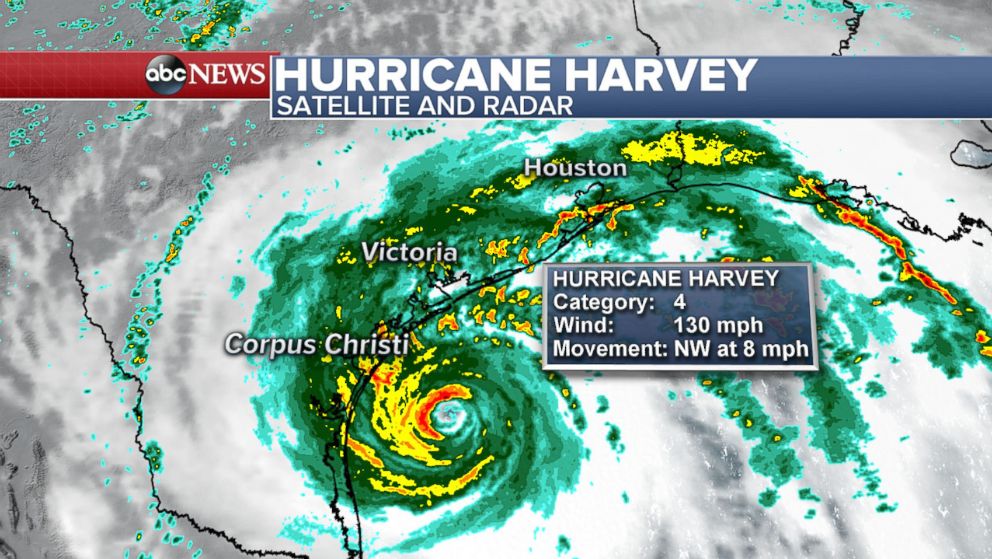
http://www.tankeroperator.com/ViewNews.aspx?NewsID=8976
The US
Department of Energy (DoE) released a summary on the impacts of
Hurricanes ‘Harvey’ and ‘Irma’ in the middle of this week.
Widespread electrical outages continued, but more refineries are in
operation, although at reduced capacity and more ports are opening.
As of 12th September, four refineries in the Gulf Coast region were
closed, according to public reports. These refineries have a combined
refining capacity of 734,300 barrels per day, equal to 7.6% of total
Gulf Coast (PADD 3) refining capacity and 4% of total US refining
capacity.
Six refineries were in the process of restarting after being shut down.
This process may take several days or weeks to start producing product,
depending whether any damage is found during restart. Production should
be assumed to be minimal until restart is completed.
These refineries have a combined capacity 1,919,399 barrels per day,
equal to 19.8% of total Gulf Coast (PADD 3) refining capacity and 10.4%
of total US refining capacity
At least five refineries in the Gulf Coast region were operating at
reduced rates, according to public reports. These refineries have a
combined total capacity of 1,724,500 barrels per day, equal to 17.8% of
total Gulf Coast (PADD 3) refining capacity and 9.3% of total US
refining capacity. However, actual crude throughput (production)
reductions are lower than the total combined capacity.
In the US Gulf Coast region, 11 ports are closed or open with
restrictions. In the US Southeast and Caribbean, ports in eight sectors
are either closed or open with restrictions.
For example, the Ports of Tampa Bay and Port Canaveral reported that
product tankers were being discharged and more were expected.
McQuilling Services said in a note on 8th September that as a
result of ‘Harvey’, the impact on tanker markets was felt in both the
clean and dirty segments. There was a complete closure of 15 refineries,
ranging from Corpus Christi to Port Arthur, representing 25% of total
US capacity.
In addition, both land-based and offshore crude oil production was
disrupted, limiting the level of available supply for domestic
consumption and exports. Refined products pricing structure turned
bullish, due to declining supply amid heightened demand, while crude
pricing felt downward pressure, as a result of collapsing refinery runs.
Tankers loading clean product cargoes in the US Gulf were put on hold,
necessitating the need for US Gulf export markets, including Mexico, to
source barrels from alternative regions, such as Europe, but also East
Coast Canada and surprisingly New York.
The Mexican market doubled its demand for European refined products, namely gasoline in the week of 28th
August - 1st September; however, the most significant increase in
European exports was for the US Atlantic Coast, which according to
McQuillings fixture database recorded 909,000 tonnes of clean product
imports booked during the days of ‘Harvey’. As a result of the
increasing volumes out of Europe, the position list in the region
tightened, supporting a week-on-week increase in TC2 rates.
For the trading week of 28th August, TC2 averaged WS 199,
with spot cargoes trading up to as high as WS 245, before retreating
back down to WS 150 during the current week.
The impacts from ‘Harvey’ were also felt on the crude trade, both into
and out of the US Gulf. For example, Aframaxes carrying Caribbean loaded
crude faced delays discharging at Texas ports, while the short term
closure of LOOP and suspended lightering operations, delayed a couple of
VLCCs from discharging.
McQuilling counted about 20 Aframaxes waiting to discharge into ports impacted by ‘Harvey’ between 25th August and 5th
September, reducing vessel supply to load new Caribbean cargoes. The
consultancy identified five Suezmax fixtures from the Caribbean for US
Gulf discharge, compared to just three Aframaxes during the first week
of September.
TD9 rates remained reasonably firm, due to vessel delays in the US
Gulf, at around WS 160, more than 50 points higher than reported during
the week of 21st August.
VLCCs were largely unaffected, as the US Gulf is importing less MEG
crude die to the OPEC cuts and increased US production. However, some
disruption was noted in crude exports.
McQuilling also said that with no US ports able to load directly onto
VLCCs, reverse lightering using Aframaxes requires the smaller tankers
to load crude in Texas ports for ship-to-ship transfers in offshore
lightering areas.
It was also noted that around 10-12 VLCCs were ballasting into the
Atlantic following an East discharge with an estimated arrival window of
the end of September/first week of October. It was likely that the spot
price for WTI widening to a $5 per barrel or more discount to Brent had
led to Asian consumers purchasing crude for subsequent exports in the
coming month.
As a result, McQuilling said that it expected VLCC rates to firm
slightly, mitigated by the shear number of vessels bypassing the
beleaguered MEG market in search of higher freights.
To discuss the weather phenomena, experts will gather at the Royal
Institution in London on 7th November, 2017 to discuss how ocean
observations can improve weather and climate predictions and enable
better decisions to be made at sea, on land and in the air.
‘Oceans of Knowledge 2017’ is being organised by IMarEST, together with the Partnership for Observation of the Global Oceans (POGO), which serves as a forum to promote global oceanography and implement international global ocean observing systems.
The conference is sponsored by the Met Office, Stormgeo, Planet Ocean and BMT Group and supported by the Society for Underwater Technology and the National Oceanic and Atmospheric Administration (NOAA).
It will look at the impact of improved ocean observations on ocean and weather services, including medium range forecasting.
No comments:
Post a Comment